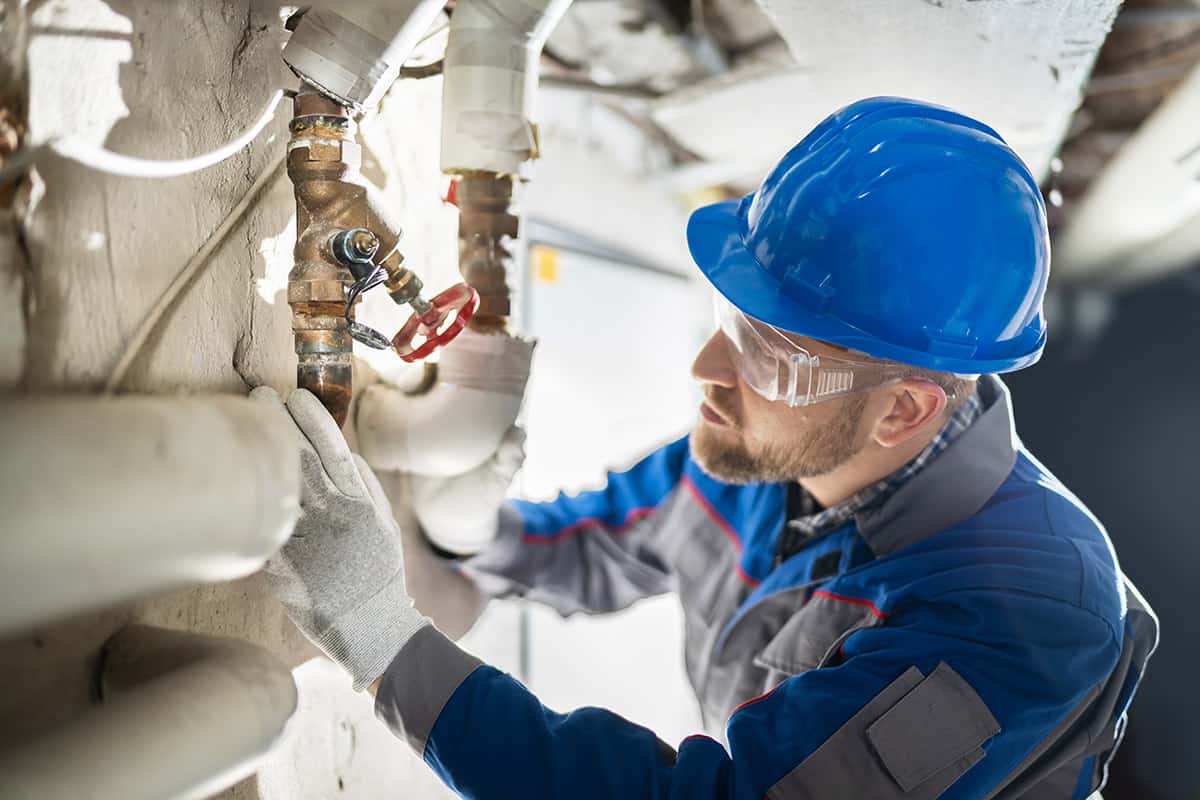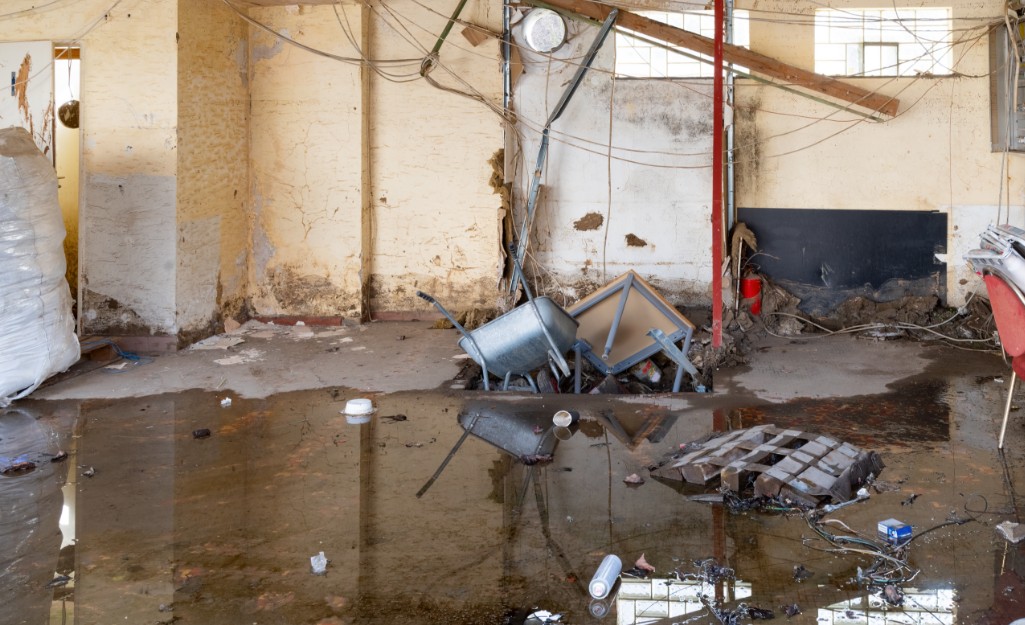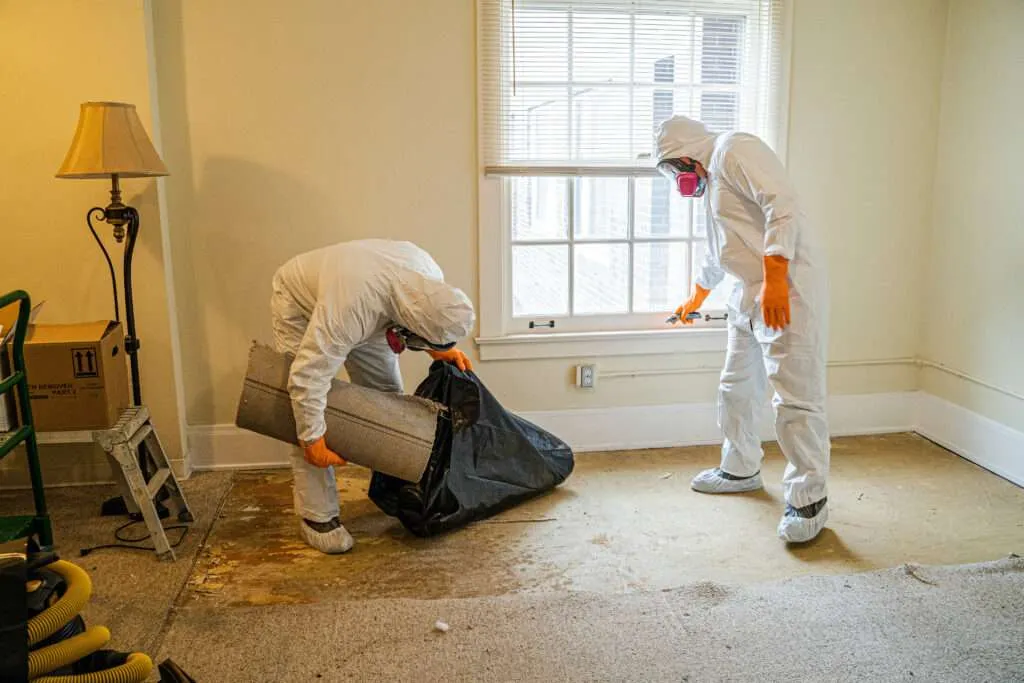Water Damage Restoration 101: Comprehending the Process and Price
Water damage can strike unexpectedly, leaving property owners in a state of complication. Comprehending the reconstruction process is necessary for reliable recuperation. From evaluating the damage to selecting the best service provider, each step impacts the general end result and price. Variables such as the kind of water damage and necessity additionally play a significant role. What are the specific techniques made use of in repair, and exactly how can one plan for potential expenses?
Sorts Of Water Damage
Water damage can arise from various resources, each offering one-of-a-kind obstacles for repair. The 3 main kinds of water damage are categorized based on contamination degrees: tidy water, gray water, and black water. Clean water stems from resources like damaged pipes or rainwater, posing marginal wellness dangers. Gray water, that includes wastewater from sinks or washing equipments, consists of pollutants that might create discomfort or health problem if consumed. Black water, one of the most harmful classification, originates from sewage or floodwaters, consisting of dangerous germs and pathogens. Each kind demands specific repair methods and safety and security procedures to efficiently reduce and resolve the damage health and wellness risks. Recognizing these distinctions is vital for house owners and professionals entailed in the water damage repair process.
First Assessment and Examination
A thorough preliminary evaluation and examination are vital action in the water damage repair procedure. This stage starts with a professional assessing the degree of the damage, recognizing the resource of the water breach, and determining the type of water involved - Water Damage Restoration. Technicians utilize customized tools to gauge moisture levels in numerous materials, such as walls, floors, and furniture. Additionally, they evaluate structural stability and possible wellness hazards, including mold growth. The searchings for from this inspection educate the reconstruction strategy, leading needed activities and resource allotment. Accurate documentation of the damage is important for insurance policy cases and future recommendation. Generally, this preliminary assessment prepares for effective restoration, ensuring a detailed feedback to the details scenario available

Water Removal Methods
Complying with the first evaluation, effective water removal methods are employed to mitigate damage and prevent more problems. These techniques entail the usage of specialized equipment such as submersible pumps and industrial-grade vacuum cleaners. The selection of technique depends on the quantity of water present and the kind of products affected. For standing water, completely submersible pumps are normally used for rapid elimination, while vacuum cleaners are excellent for removing water from carpets and furniture. Furthermore, advanced techniques like water extraction floor coverings may be utilized for hard-to-reach areas. The objective is to remove as much water as feasible, reducing the possibility for mold growth and architectural damage. Prompt and effective water removal is necessary in the overall water damage repair procedure.
Drying and Dehumidification Process
When the water removal is full, the drying and dehumidification process comes to be essential to recovering the affected area. This stage typically utilizes industrial-grade dehumidifiers and air moving companies to effectively reduce wetness degrees. The dehumidifiers pull in moist air, eliminating excess moisture, while air movers distribute air to speed up dissipation. Surveillance devices is often utilized to track humidity and temperature level degrees, guaranteeing suitable drying out conditions. The duration of this procedure can vary relying on the degree of the water damage and ecological aspects. It is vital to completely completely dry all impacted products, consisting of walls, floor covering, and furnishings, to stop mold and mildew growth and structural damage. Proper execution of this step is important for a successful reconstruction result.
Cleaning and Disinfecting Affected Areas

Preliminary Evaluation and Inspection
Prior to beginning any restoration efforts, a detailed initial assessment and examination of the influenced areas are important for effective cleansing and sterilizing. This process involves recognizing the degree of water damage, identifying the resource of the water breach, and reviewing the materials affected. Assessors normally search for signs of mold development, structural stability concerns, and damaged belongings. The assessment likewise consists of checking wetness degrees making use of specialized devices to assure no hidden water pockets stay, as these can bring about further difficulties. Documenting the searchings for is important for preparing the following action in the reconstruction procedure. A detailed preliminary analysis enables repair specialists to devise a targeted method for efficient cleansing and disinfecting, eventually lessening damage and health risks.
Cleaning Up Methods and Products
Efficient cleansing and sterilizing of water-damaged locations need a range of items and methods tailored to the certain products impacted. For permeable surfaces like drywall and carpeting, extraction methods are important to remove excess moisture, followed by deep cleaning with specialized cleaning agents. Non-porous materials such as ceramic tile or metal can be cleaned using commercial-grade cleansers that effectively remove pollutants. Heavy steam cleansing is an additional reliable technique, particularly for rugs and furniture, as it makes use of heats to get rid of germs and mold. Additionally, environmentally friendly products are increasingly preferred for their security and effectiveness. Inevitably, selecting the appropriate cleaning methods and items not only guarantees prompt tidiness but additionally aids in preventing additional damage and carcinogen connected with water invasion.
Sanitization and Disinfection Methods
When dealing with water damage, proper sanitization and disinfection approaches are necessary to guarantee the safety and security and wellness of the afflicted atmosphere. After first cleansing, surface areas should be treated with appropriate anti-bacterials to remove microorganisms, mold, and bacteria that grow in wet conditions. Usual methods include the usage of EPA-approved chemical disinfectants, which can be applied via spraying or cleaning techniques. In addition, ultraviolet (UV) light systems can effectively disinfect areas by counteracting microorganisms without extreme chemicals. The choice of technique frequently depends upon the kind of products impacted and the degree of contamination. Ultimately, thorough sanitization not just recovers a risk-free space however also assists avoid future wellness dangers related to remaining moisture and mold development.

Repair Work and Restoration Options

Elements Affecting Restoration Costs
The level of water damage directly affects the restoration sets you back home owners can expect to incur. Variables such as the source of the water, the period of direct exposure, and the affected products substantially influence prices. Clean water damage from a damaged pipeline is typically less pricey to restore compared to damage triggered by sewer (Flood Cleanup Services). Additionally, the level of contamination dictates the need for specialized cleaning and disposal services, better enhancing expenses. Geographical location additionally plays a role, as local labor rates and schedule of reconstruction services can differ. The urgency of the response affects costs; quicker interventions typically lead to lower overall expenditures by avoiding additional damage. Recognizing these variables is essential for home owners when approximating repair expenses
The three main types of water damage are categorized based on contamination degrees: tidy water, gray water, and black water. A complete preliminary evaluation and evaluation are vital actions in the water damage reconstruction procedure. For standing water, submersible pumps are generally utilized for quick removal, while vacuums are ideal for removing water from carpetings and upholstery. The level of water damage straight affects the remediation sets you back house owners can expect to incur. Clean water damage from a busted pipe is normally much less view pricey to bring back contrasted to damage triggered by sewer.